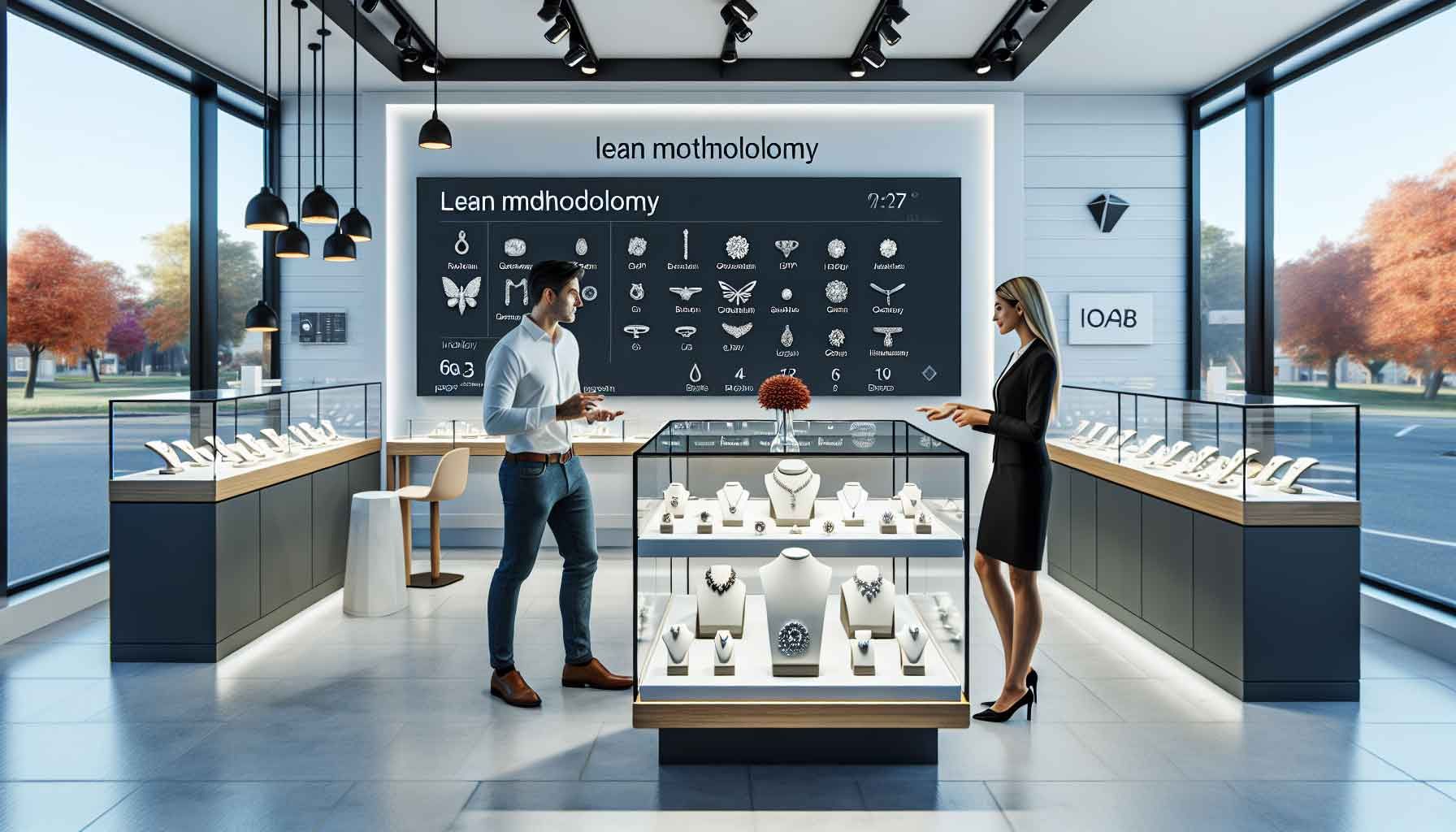Inventory Management Integration with Financial Systems for Jewelers
How to integrate inventory management with financial systems
In the jewelry industry, it is more important than ever to efficiently integrate your inventory management with your financial systems. In this article, we discuss the benefits, practical steps, and provide you with valuable tips to make this integration successful.
Why is integration important?
Integration of your inventory management and financial systems helps you to optimize your business processes. It ensures you always have real-time insight into your inventory levels and simplifies the tracking of financial data. This leads to faster decision-making and better financial management.
Pro tip: Make sure to regularly evaluate the integration of your systems to identify any bottlenecks or inefficiencies in a timely manner.
Benefits of an integrated system
There are several benefits to linking your inventory management to your financial systems. Firstly, this reduces the chance of errors . Manual entry is often the biggest source of errors in data management. Through integration, data is synchronized automatically, drastically reducing errors.
Additionally, it provides you with a holistic view of your business. You can easily track inventory levels and link this data to your revenue, costs, and profits. This makes it easier to make strategic decisions.
Pro tip: Consider using software that offers both inventory management and financial features for a seamless experience.
Steps to achieve integration
Integrating your systems may seem like a big challenge, but the process can be accelerated by following a few simple steps.
Step 1: Determine your needs
Before you start the integration, it's crucial to establish your specific needs and goals. What exactly do you want to achieve with the integration? Make a list of features and benefits that are most important for your business.
Pro tip: Do not ignore your team's input. They often understand the daily challenges you want to solve.
Step 2: Choose the right software
The choice of the right software is essential. Look for an inventory management and financial system that is easy to integrate. Many modern cloud-based solutions offer API connections that can help you seamlessly link the systems together.
Pro tip: Take advantage of software trials to test them thoroughly before making a final decision.
Step 3: Data migration
Before your systems are fully integrated, you need to ensure correct data migration. This means transferring all relevant data from your old systems to the new systems. Make sure no important information is lost during this process.
Pro tip: Make a backup of your data before you start migrating to avoid any losses.
Step 4: Train your team
A new system integration requires training. Ensure your team becomes familiar with the new system so they can use it correctly. This can take the form of workshops, online tutorials, or one-on-one sessions.
Pro tip: Consider continuing to offer regular training and refresher courses, especially during software updates.
Technical aspects of the integration
The technical aspect of the integration may be the most challenging but also the most important. Here are a few points to consider:
API connections
One of the most important ways to connect different systems is through APIs (Application Programming Interfaces). These help you synchronize data between your cash register system and other software.
Pro tip: Ensure you are familiar with the documentation of the APIs you are using; this makes it easier to resolve issues and make adjustments.
Automating processes
By automating processes such as reporting and inventory updates, you minimize manual entry. This not only increases speed and efficiency but also reduces the chance of errors in your financial reporting .
Pro tip: Identify which processes in your business are manual and try to automate them to free up time and resources.
Security and compliance
Integration also comes with concerns about security and compliance. Ensure that your systems comply with relevant laws and regulations, such as GDPR. This protects both your business and your customers.
Pro tip: Conduct regular audits to check if your systems still meet the requirements.
Monitoring and optimizing
Once your inventory management and financial systems are integrated, it is crucial to continuously monitor them. Look at the performance of the system and how well the integration is functioning. Identify where improvements can be made.
Pro tip: Set KPIs (Key Performance Indicators) that help you measure the effectiveness of the integration.
Conclusion
Integrating inventory management with financial systems is a strategic move that can yield significant benefits for jewelers. By following the right steps and training your team well, inefficiencies can be reduced, and your business can perform better. Don't forget to regularly evaluate and optimize your systems to achieve the best possible results.
Pro tip: Always look for new technologies and trends for further optimization and competitive advantage in your industry.

Take your store to the next level
Start automating and digitizing your store processes today. PrismaNote helps retailers with this. Discover what we can do for you via the menu above.
- George






































